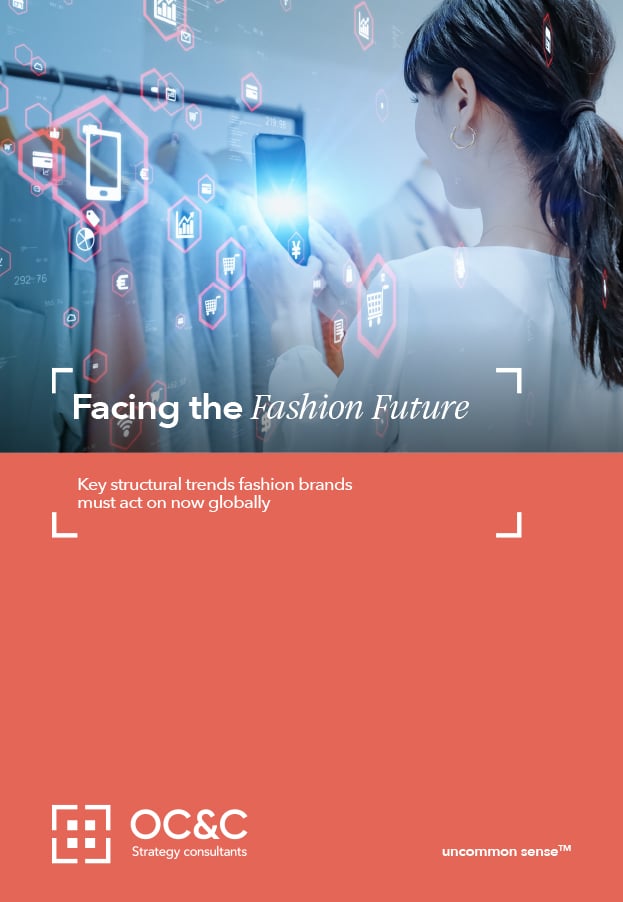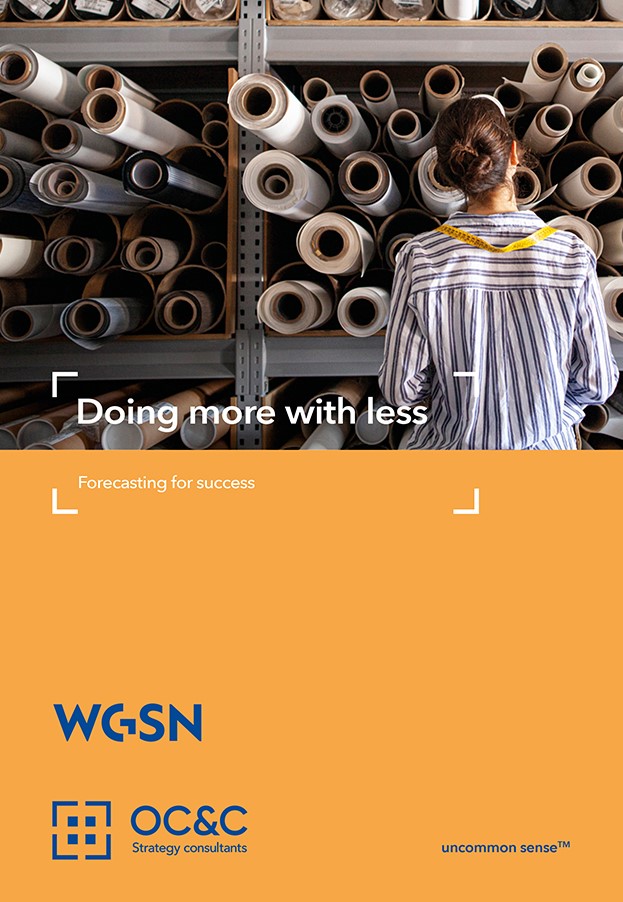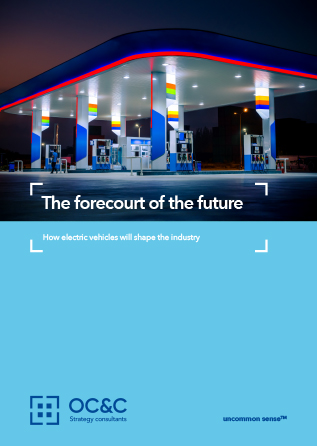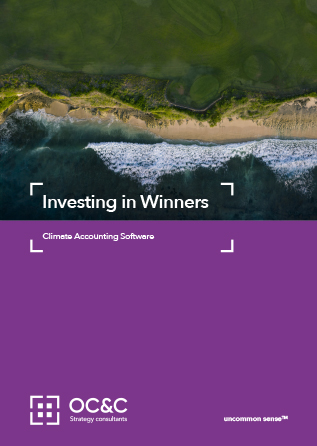Are Businesses Leaving Money on the Table? Unlocking Value Through Circularity
Circularity has long been framed as an environmental imperative, however it is just as much as commercial one. Our latest report, written in collaboration with WRAP, explores how businesses can unlock tangible commercial value by embedding circular principles throughout the product lifecycle.
From Take-Make-Dispose to Design-Make-Reuse
The shift from a linear “take-make-dispose” model to a more circular “design-make-reuse” approach is already reshaping industries. Consumers are increasingly engaging in circular behaviours, from repairing goods to buying second-hand, while regulators and investors are intensifying their focus on circular business models. Despite this, most companies are only scratching the surface of what’s possible. The value creation potential is substantial but often left unrealised.
Commercial Impact of Circularity
Our analysis highlights eight value drivers where circularity delivers proven commercial impact. These include new revenue opportunities through initiatives such as resale and repair services, improved brand loyalty and customer retention, supply chain resilience through raw material recovery, and lower costs via waste reduction and production efficiencies. Circular models can also help businesses stay ahead of tightening regulatory requirements, such as extended producer responsibility (EPR) and minimum recycled content mandates.
Successful circular initiatives often share a common set of enablers: clear consumer propositions (typically focused on affordability and convenience), the ability to operate at scale and strong use of data and technology. Businesses are already capturing this value across sectors — from Primark’s focus on durable, affordable fashion, to Apple’s robust refurbished device programme and Philips’ “product-as-a-service” expansion.
Crucially, the commercial case for circularity is not limited to high-end brands or niche categories. Mainstream consumer goods, B2B products and everyday services all present viable entry points. The key is to identify the right levers— whether that’s optimising production in supply chains, redesigning to increase and extend product value, recapturing value after first-life, or exploring new models such as ‘as a service’ or rental.
Changing Trends in Circularity
As circularity moves from niche to norm, the opportunity cost of inaction is growing. Businesses that embrace these models can enhance their competitiveness, diversify revenue, and build resilience in an increasingly resource-constrained world. Those that don’t risk being outpaced by more agile, forward-thinking competitors — or left exposed to evolving regulation and shifting consumer expectations.
We see circularity as a strategic business imperative, not simply a sustainability ambition. Download the full report below to explore how circularity can help future-proof your business, or get in touch with one of our experts for more insight.
Contacts clés

Nilpesh Patel
Partner & Head of UK Pro Bono
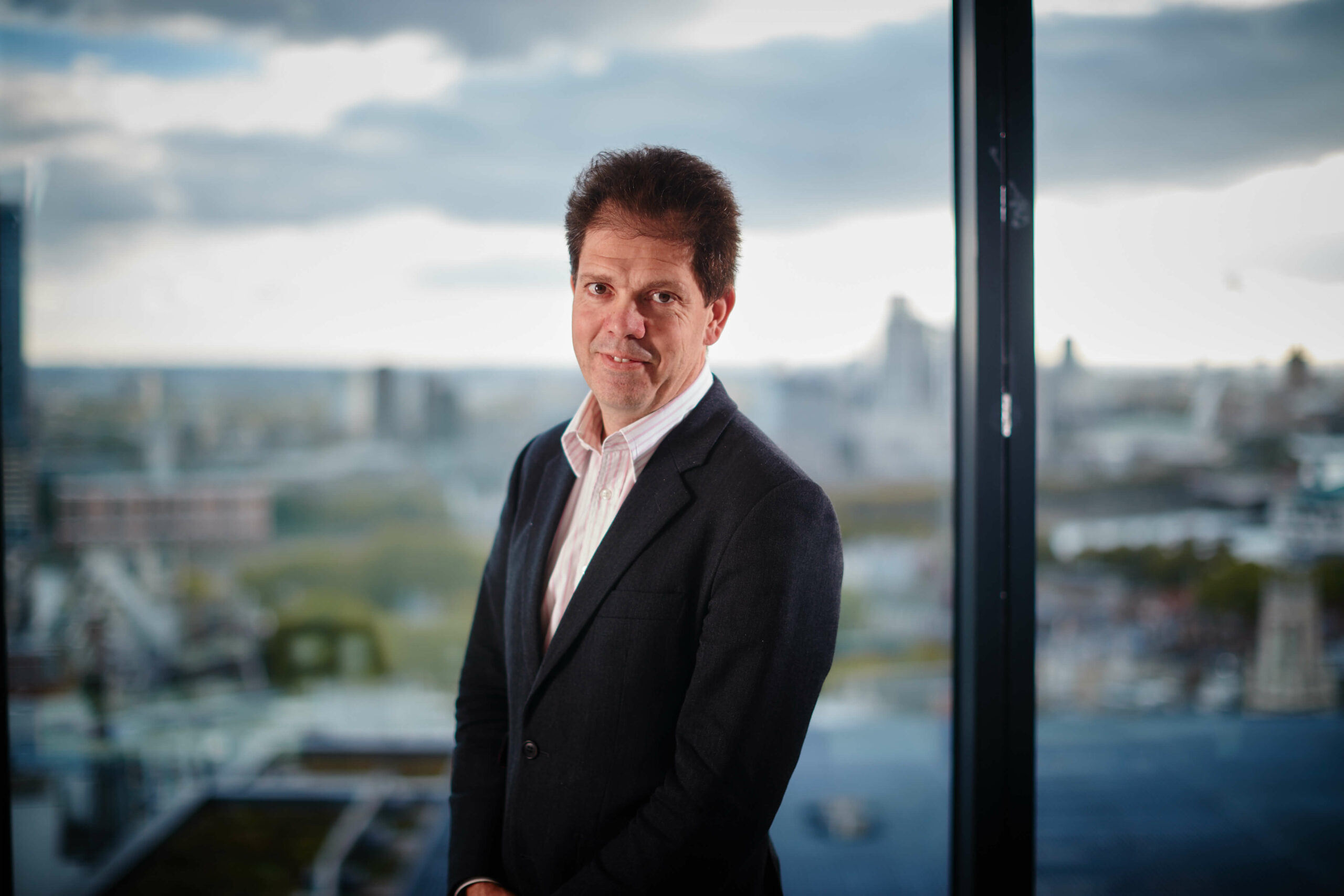
Ewan Parry
Partner

Ella Sheehan
Manager
Circularity has long been framed as an environmental imperative, however it is just as much as commercial one. Our latest report, written in collaboration with WRAP, explores how businesses can unlock tangible commercial value by embedding circular principles throughout the product lifecycle.
From Take-Make-Dispose to Design-Make-Reuse
The shift from a linear “take-make-dispose” model to a more circular “design-make-reuse” approach is already reshaping industries. Consumers are increasingly engaging in circular behaviours, from repairing goods to buying second-hand, while regulators and investors are intensifying their focus on circular business models. Despite this, most companies are only scratching the surface of what’s possible. The value creation potential is substantial but often left unrealised.
Commercial Impact of Circularity
Our analysis highlights eight value drivers where circularity delivers proven commercial impact. These include new revenue opportunities through initiatives such as resale and repair services, improved brand loyalty and customer retention, supply chain resilience through raw material recovery, and lower costs via waste reduction and production efficiencies. Circular models can also help businesses stay ahead of tightening regulatory requirements, such as extended producer responsibility (EPR) and minimum recycled content mandates.
Successful circular initiatives often share a common set of enablers: clear consumer propositions (typically focused on affordability and convenience), the ability to operate at scale and strong use of data and technology. Businesses are already capturing this value across sectors — from Primark’s focus on durable, affordable fashion, to Apple’s robust refurbished device programme and Philips’ “product-as-a-service” expansion.
Crucially, the commercial case for circularity is not limited to high-end brands or niche categories. Mainstream consumer goods, B2B products and everyday services all present viable entry points. The key is to identify the right levers— whether that’s optimising production in supply chains, redesigning to increase and extend product value, recapturing value after first-life, or exploring new models such as ‘as a service’ or rental.
Changing Trends in Circularity
As circularity moves from niche to norm, the opportunity cost of inaction is growing. Businesses that embrace these models can enhance their competitiveness, diversify revenue, and build resilience in an increasingly resource-constrained world. Those that don’t risk being outpaced by more agile, forward-thinking competitors — or left exposed to evolving regulation and shifting consumer expectations.
We see circularity as a strategic business imperative, not simply a sustainability ambition. Download the full report below to explore how circularity can help future-proof your business, or get in touch with one of our experts for more insight.
Contacts clés

Nilpesh Patel
Partner & Head of UK Pro Bono

Ewan Parry
Partner

Ella Sheehan
Manager

